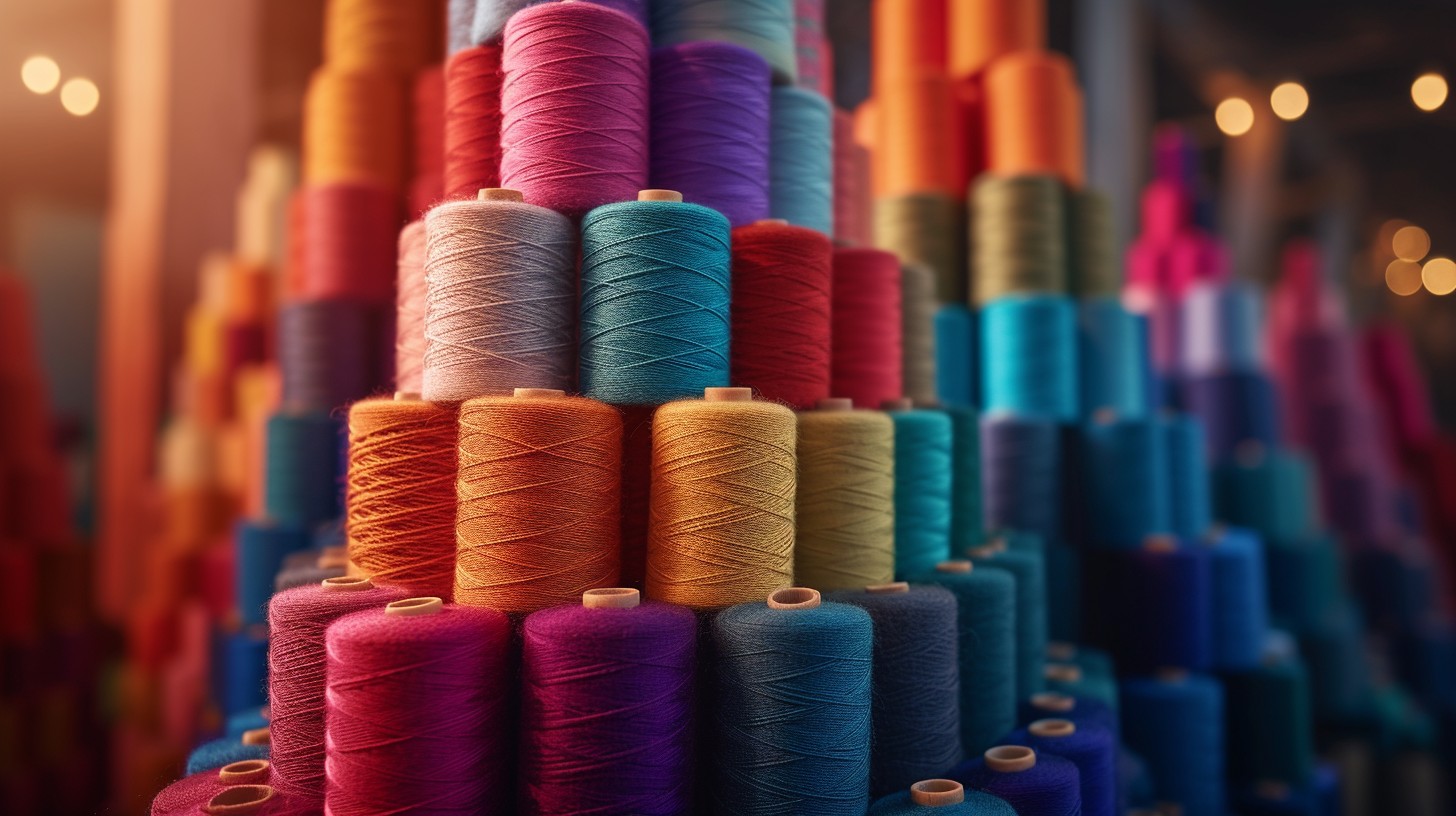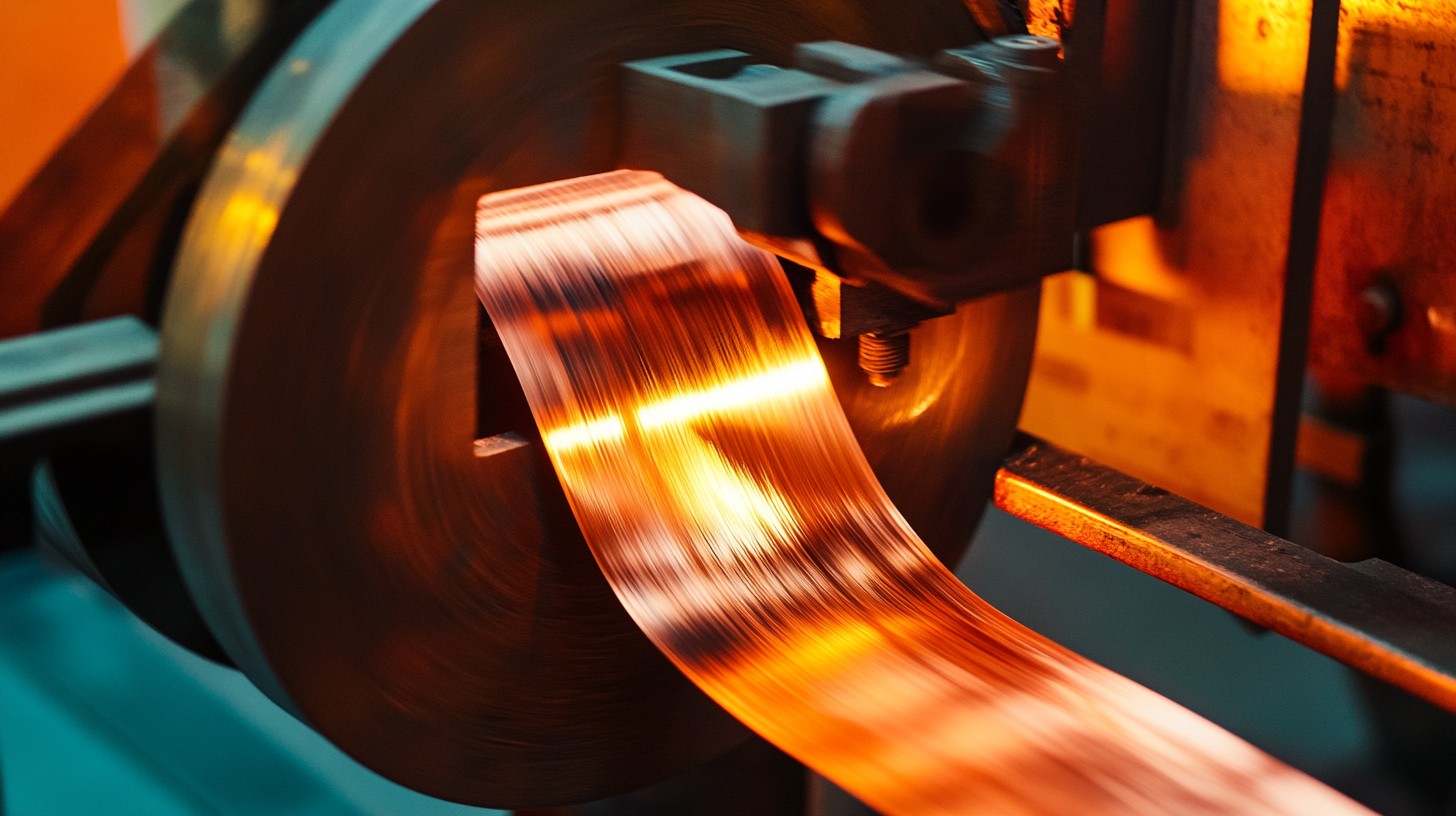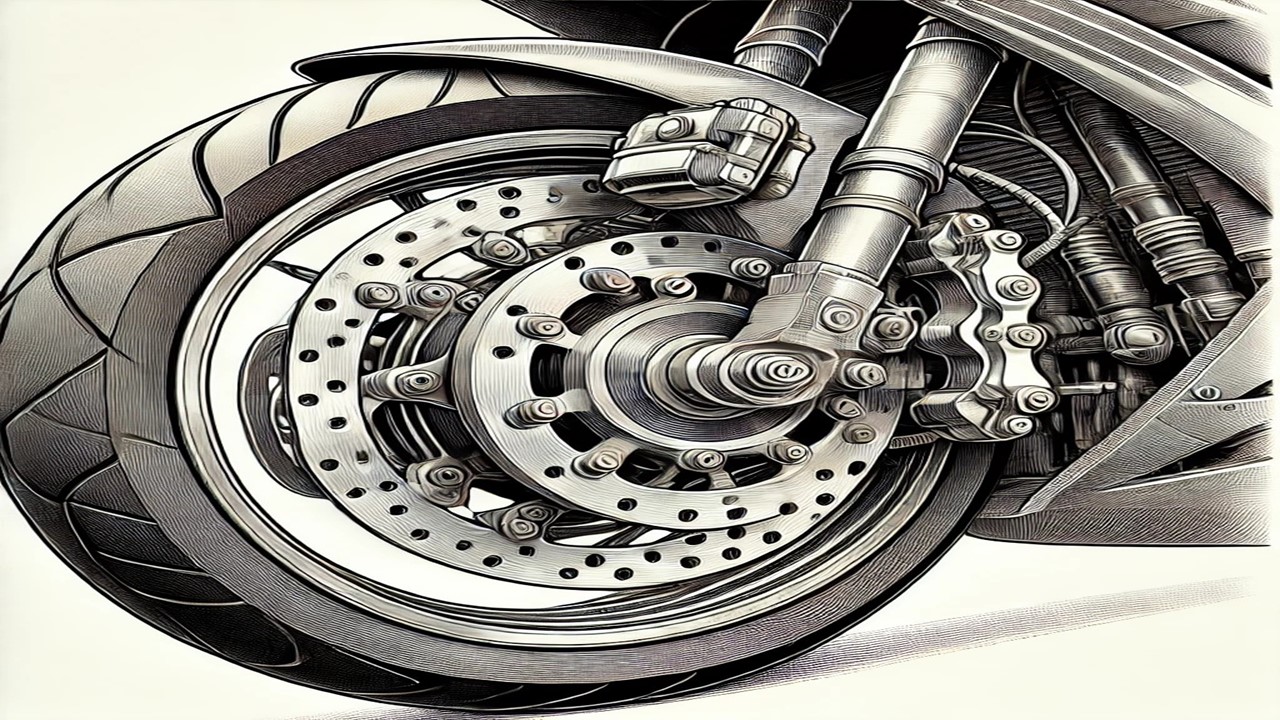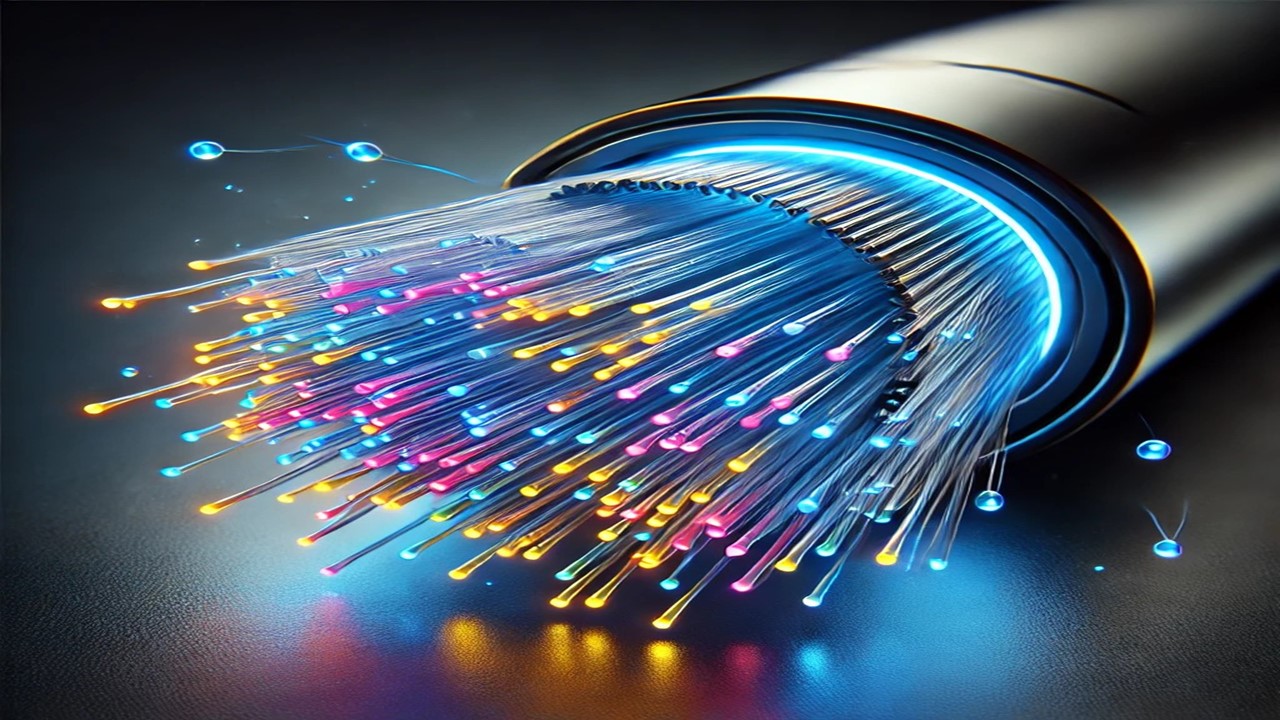
Have you ever wondered what plays the most important role in making your T-shirt, jeans, or even the curtains in your home? The answer is a humble yet indispensable thread. This simple thread forms the heartbeat of the textile industry across the globe. But is thread only about stitching and weaving? Or has it become a cornerstone of the global economy and technological research? Let’s take a closer look at the fascinating world of thread.
The Global Thread Market: An Invisible Force
Thread is not limited to stitching and weaving. It has established a stronghold on the global stage.
Demand and Supply
- Global Demand: Threads are in high demand across textile industries, healthcare (surgical threads), and technical textiles.
- Supply Chain: Countries like China, India, and Bangladesh are major suppliers of thread worldwide.
- Statistics: By 2024, the global thread market is expected to exceed a valuation of $150 billion.
Thread Market Capital
India and China are leaders in thread production. In India alone, the textile industry generated a revenue of ₹10 lakh crore in 2023, with the thread sector making a significant contribution.
Types of Threads and Their Processing
Threads vary based on their source and usage. They are broadly categorized into natural and synthetic fibers. Each type undergoes unique processing, defining its quality and utility.
- Cotton Thread: Popular and durable.
Process:- Cotton fibers are separated from seeds using ginning machines.
- The fibers are washed, dried, and spun into thread using spinning machines.
- The threads are then prepared for weaving or dyeing.
- Silk Thread: Used for luxury products.
Process:- Silk cocoons are boiled to extract the fibers.
- These fibers are stretched and twisted to make fine, strong threads.
- The threads undergo finishing processes for luster and color.
- Wool Thread:
Process:- Hair is sheared from animals like sheep, goats, or rabbits.
- The fibers are washed, dried, and straightened using carding machines.
- The fibers are spun into threads using twisting processes.
- Polyester Thread: Affordable and long-lasting.
Process:- Polymers derived from petrochemicals are melted.
- The molten polymer is cooled and spun into fibers.
- These fibers are twisted into threads using spinning machines.
- Nylon Thread: Used in industrial and technical textiles.
Process:- Plastic polymers are melted at high temperatures and converted into fibers.
- The fibers are cooled, stretched, and twisted into strong, long threads.
- These threads are further processed for industrial and household applications.
Leading Global Thread Companies
Globally
- Coats Group (UK): The largest name in thread manufacturing.
- Toray Industries (Japan): A leader in technical and industrial threads.
- A&E (USA): Specializes in surgical and high-quality threads.
In India
- Vardhman Textiles: Among the largest thread producers.
- Raymond Ltd.: Known for high-quality silk and wool threads.
- Arvind Mills: A market leader in polyester and cotton threads.
Research on Threads: Future Possibilities
Threads today are not just a part of the textile industry but also at the center of technological and scientific innovation.
- Smart Threads:
- Threads capable of detecting temperature or measuring body movements.
- Uses: Medical equipment, smart clothing.
- Eco-Friendly Threads:
- Threads made from biodegradable materials that do not harm the environment.
- Technical Textiles:
- Strong and lightweight threads for industrial and military use.
Investment Opportunities in the Thread Industry
Why Invest?
- High Demand: Growing requirements in textiles and technical textiles.
- Sustainable Growth: Rising consumer interest in eco-friendly threads.
- Government Support: Policies promoting the textile and thread industries in India.
How to Invest?
- Stock Market: Invest in companies like Vardhman Textiles and Arvind Mills.
- Startups: Support startups working on smart and eco-friendly threads.
- FDI and Venture Capital: Focus on emerging thread markets in India and Asia.
Over all
Thread, which begins as a simple fiber, has evolved into a critical component of global markets, technological innovation, and economic growth. Its demand continues to rise, driving the industry to new heights. Whether you’re a consumer, researcher, or investor, the thread industry offers endless opportunities.
It’s not just a thread; it’s the invisible link that binds our world together.




































































